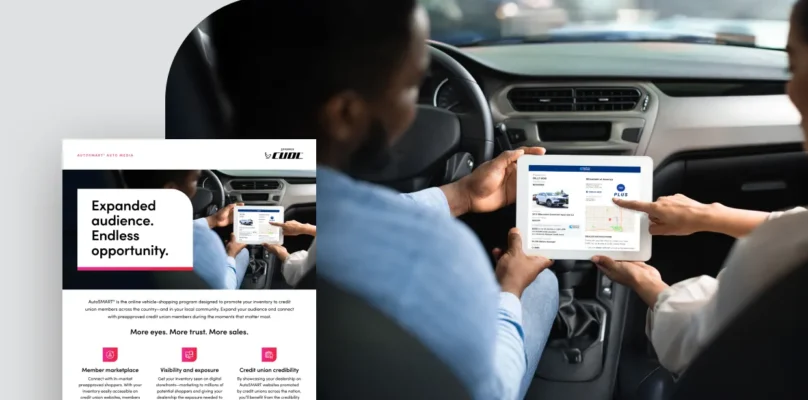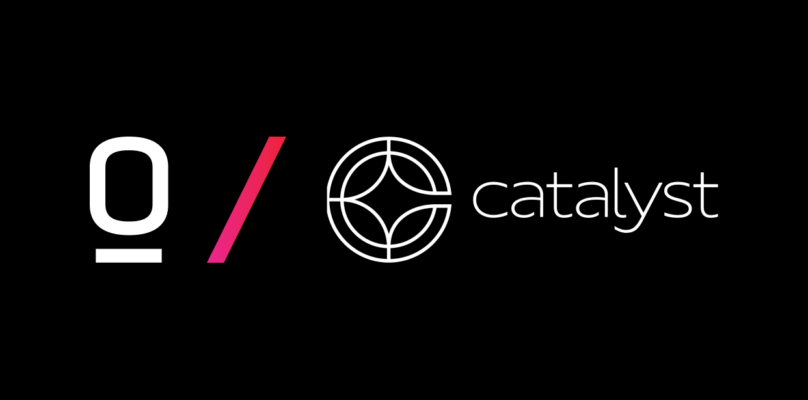The COVID-19 pandemic dramatically accelerated the shift to digital. As storefronts, branches, and even workforces moved online, lenders faced an increase in online fraud and reevaluated portfolio performance. As a result, they moved quickly to establish new digital processes. Now, lenders need to focus on delivering the best digital experience to meet the needs of – and build trust with – consumers.
Origence and TransUnion have partnered to offer best-in-class data and analytics to credit unions and banks, helping deliver an accurate and comprehensive picture of each consumer. This post will help you evaluate your current digital experience and, using a three-step process from TransUnion, aid in determining where you’re leading and where you have gaps.
Phase 1: Automate and enhance credit decisions for a better customer experience
Thanks to the rise of instant online and mobile experiences, consumers expect immediate decisions. So, the first step for lenders is enabling a better customer experience using automated, intelligent decisioning. Because when consumers have to wait for decisions on loans or pricing, lenders risk losing them as customers. While nearly all (96%) banks offer online applications, less than one in five provide instant credit decisioning. As well, financial institutions can no longer offer 24 or 48-hour response times — decisioning must be instant and automated. This requires lenders to make more data-driven decisions and fewer “gut checks.”
Recommendations:
- Within Origence, leverage TransUnion trended and alternative credit data to discover whether the consumer consistently pays more than their minimum due, which means they have additional funds available for a new loan. This intel gives you more confidence in the consumer’s financial situation, helping inform your decision and pricing of the application.
- Using custom analytics, you can assess your underwriting effectiveness. We recommend you develop models or evaluate your existing lending strategies to identify opportunities for criteria improvement.
- Set up an automated process for fraud detection. Without this, lenders often unintentionally slow account opening decisions with an expensive, manual process.
Phase 2: Protect against fraud with the appropriate safeguards
Lenders must balance consumers’ very low tolerance for disruptions to their digital experiences with the need for better authentication and verification to protect against fraud. Because many lenders switched to digital so quickly, many unintentionally assembled an insufficient collection of solutions from various vendors — which haven’t kept pace with the latest advancements. Lenders often have a high degree of manual intervention in their fraud prevention strategies, which can lead to greater friction for all consumers. As fraud continues to evolve, a comprehensive set of data and solutions is needed.
Recommendations:
- Use a best-in-class, robust identity verification solution to detect more potential fraud and automate screening. This will simultaneously identify fraud schemes and remove friction from the application process, delivering a faster, safer consumer experience.
- With more consumers using digital channels for applications, lenders can’t wait until they incur losses to detect fraud. Fraud alerts pinpoint fraud warning signals and minimize the hassle of system integrations, enabling greater certainty of catching fraud and the approval of more “good” customers.
Phase 3: Optimize engagements with customers and prospects
Consumers often bring their experiences from the non-financial sector to the process and expect seamless interactions. With a wide variety of tactics available — from targeted digital audiences to prescreened offers — lenders need to ensure their strategies provide consumers easy ways to accept and apply for offers online. If an offer is presented digitally, but the application process is cumbersome, lenders will lose the customer and waste their marketing spend.
Recommendations:
- Build prescreen campaigns based on proven industry best practices, with personalization and offer optimization, which can lead to higher response rates and pull-through ratios
- Employ device-based authentication to recognize returning devices at login to deliver a “friction-right” experience. Origence and TransUnion can help replace the more traditional, cumbersome physical and digital identity matching which yields a friction-laden experience and fraud risk.
- Use prequalification solutions to introduce a digitally optimized acquisition capability. This can help you engage consumers early in the buying cycle, improving both lead generation and the customer experience.
As digital becomes the new normal, consumers are demanding better capabilities from their lenders. Together, Origence and TransUnion offer best-in-class data and analytics, helping deliver an accurate and comprehensive picture of each consumer. With the right solutions in place, lenders can deliver great, win-win experiences that satisfy consumers and benefit their organizations.

















